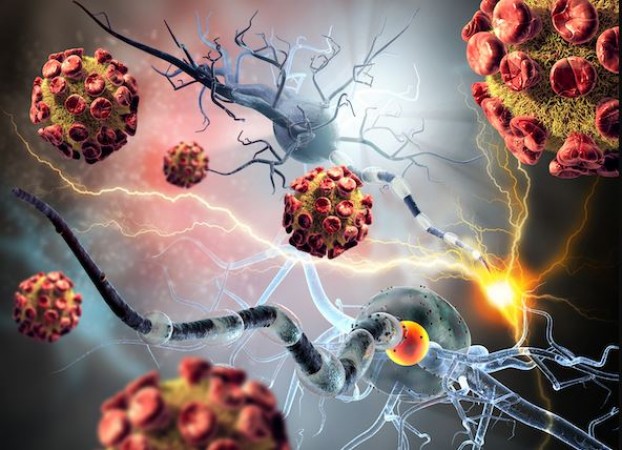
Autoimmune diseases represent a category of illnesses wherein the immune system mistakenly attacks healthy tissues within the body. This phenomenon occurs when the immune system erroneously identifies the body's own tissues as foreign invaders. Conditions such as lupus and multiple sclerosis serve as prime examples of autoimmune diseases. Studies have consistently shown that women are at a higher risk of developing autoimmune diseases compared to men. However, a recent study has shed light on a potential explanation for this enigma. Research suggests that special molecules (molecules) working on the extra X chromosome found in women may occasionally confuse the immune system.
Are Molecules the Sole Culprit?
Experts suggest that these molecules may not be the sole cause. However, if validated in further research, the findings could pave the way for the development of novel treatments based on these molecules, in contrast to current medications that often weaken the entire immune system. Dr. Howard Chang, a leading geneticist and dermatologist, proposes that this approach might prove to be a more effective strategy.
X, Y Chromosomes
In both male and female embryos, there are 22 pairs of chromosomes that are identical. The 23rd pair differs, with females having two X chromosomes, while males have one X and one Y chromosome, responsible for the development of male sexual characteristics. Each chromosome carries genes, which, when active, produce proteins to function within cells. It might be assumed that females, with two X chromosomes, produce double the amount of X proteins compared to males. However, this isn't the case as one of the X chromosomes is inactivated.
What Do Experts Say?
According to experts, a molecule called XIST behaves like Velcro, sticking to the second X chromosome, wrapping around it, rendering it inactive. In 2015, Chang proposed the idea that this inactive X chromosome could also be detrimental.
Disease Onset?
As per experts, autoimmune diseases might occur during the normal process of cell death in women's bodies. When cells die, they break open and release their molecules into the bloodstream. Exist molecules and associated proteins are present in this debris. When an immune cell encounters Exist molecules, it also seeks the associated proteins. This unusual encounter can confuse immune cells, leading them to mistakenly start producing antibodies against Exist proteins.
Immune System Reaction
Once the immune system considers Exist proteins as enemies, it may start attacking other parts of the body as well. This happens because every cell sticks pieces of its proteins on its surface, where immune cells can inspect them. Chang explains that if an immune cell encounters pieces of Exist proteins, it will kill that cell. The challenge now is to understand how all these factors collaborate to contribute to the higher incidence of these diseases in women.
In conclusion, autoimmune diseases pose a significant health challenge, particularly for women. While the exact mechanisms behind the gender disparity are still being unraveled, the recent insights into the role of molecules associated with the extra X chromosome offer promising avenues for further research and potential therapeutic interventions. Understanding these complexities could pave the way for more targeted and effective treatments tailored to address the specific immune dysregulation observed in autoimmune diseases, ultimately improving outcomes for affected individuals.
King Charles III Diagnosed with Cancer: Buckingham Palace Reveals
Now what is the new disease, fungal infection Candida auris, which is spreading rapidly in America?
At what age should one get the cervical cancer vaccine? Know when to get the maximum benefit